Uruguay
"Have you ever heard before about South America’s smallest country, Uruguay? Wedged between Argentina and Brazil, Uruguay had lived for nearly two centuries in the shadows of these neighbors. Finally, this underdog is getting little but definitely well-deserved recognition. This amazing country offers everyday non-touristy experiences to discover such as busy life in the cosmopolitan city Montevideo or playing with your feet in the sand of Montevideo’s beachfronts along with friends and a mate in your hand. Let your mind run wild and start dreaming about your exchange to Uruguay!"
Did you know...
That the name "Uruguay" has its origin in the Guaraní language and it means “river of painted birds”? The country’s full name though is República Oriental del Uruguay, and that’s why many Uruguayans call themselves “orientals”.
That Uruguay is an important global exporter of combed wool, rice, soybeans, frozen beef, malt and milk?
That same-sex marriage and abortion are legal and that because of that Uruguay is regarded to be one of the most liberal nations in the world? Uruguay is also ranking high on global measures of personal rights, tolerance, and inclusion issues.
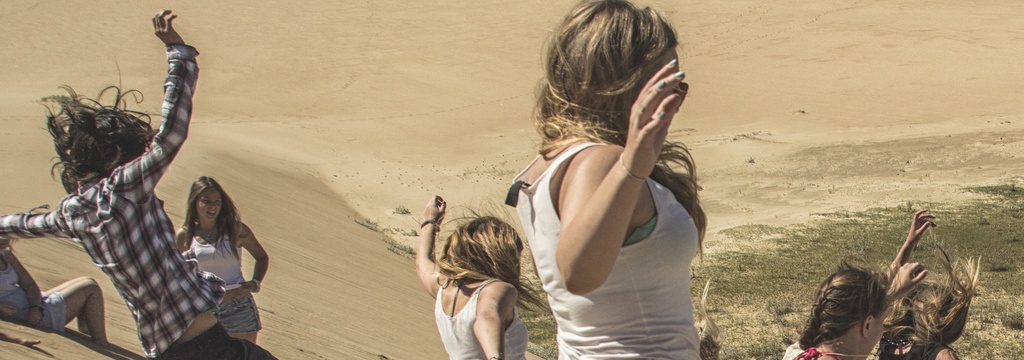
host families
As in every other country in the world, every family is different, so you must be open minded about what kind of family you will live with. As we say in YFU Uruguay: “It may not be better, it will not be worse. It is just different”.
In Uruguay, family life is very important, so you must try to communicate with them as often as you can. They are also very affectionate, so don’t find it strange if your mom hugs you a lot; Uruguayan families are very warm! Expect your host family to have different rules from your own family. You may find it to be more conservative than yours, but keep in mind that these people are opening their home to you and they will be very protective of your safety for the first few months, as you will not know much about their culture at first.
You will be expected to help with household chores -just like you are back home- such as washing dishes, preparing food, vacuuming, taking care of your own room and your own clothes. This is because you will become a part of their family and you must act accordingly so. Of course, chores may vary from family to family, as it happens in every part of the world. It is recommended though to always offer your help and ask your host parent what you can do to help them.
School
In Uruguay there are public and private schools. Students generally attend the same high school as their siblings. In some public schools, students can wear their own clothes, but in private schools they must usually wear a uniform. There are many factors involved in deciding what kind of school you will attend, such as location, your host family’s opinion, etc.
All YFU students must go to class every day during their stay. You will be expected to take the same number of subjects as your Uruguayan classmates, so you must study hard.
In Uruguay, it’s not very common to have exchange student as classmates, so you will be asked a lot of questions, and most important, other kids will be very excited about getting to know more about you and your country. Uruguayans are in general really friendly and outgoing and like to make plans with you and invite you to go places with them from the beginning. It’s simply a part of their culture, so don’t worry about not knowing anybody at first, because you will have many friends in no time.

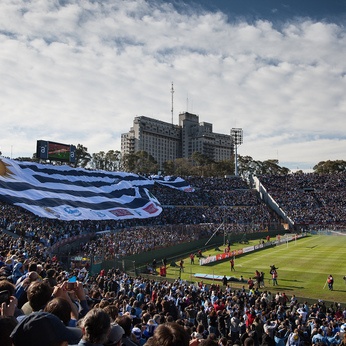
Free time
By far, the most popular sport in Uruguay is soccer. The first FIFA World Cup, which Uruguay won, was held in Montevideo in 1930. The Estadio Centenario was built for the World Cup, and serves to this day as the country's main football stadium. Basketball and tennis are also played. During weekends Uruguayan teenagers spend time with family, go to the beach, participate in watersports, or just hang out with friends at local parks and other establishments, drink mate or go dancing.
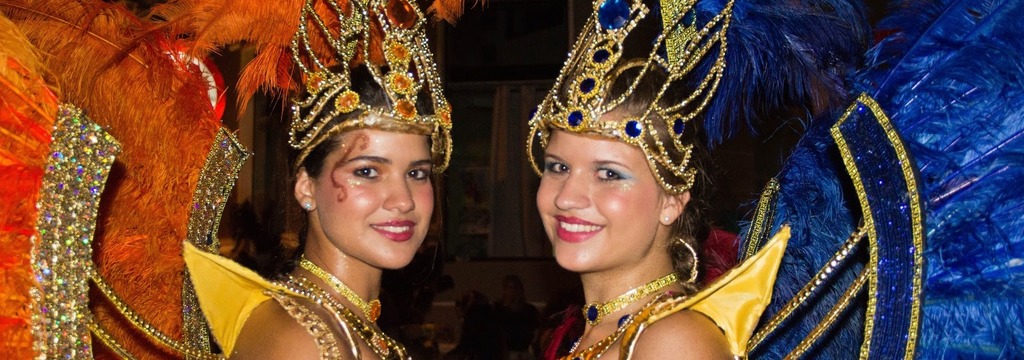
Discover Uruguay
Although you will spend a lot of time participating in school activities, you will have plenty of free time during the weekends and the holidays to go out and explore Uruguay’s highlights. It’s worthwhile to discover this beautiful country, offering plenty of diversity including hot-springs in Rio Uruguay, large vast fields, wildlife around the Atlantic coast, or you can also just enjoy a cozy merienda (tea time) with your friends! What are you waiting for? Take off to see the world up close through a journey in this stunning country.
Top 10 things to do in Uruguay
1. Support your favorite team in the vibrant Montevideo, while dancing and eating asado with your friends!
2. Ride a horse as a cowboy during sunset and master the skills of a gaucho
3. Eat your way through Mercado del Puerto, a lively old market filled with steakhouses
4. Discover your surfing or hiking skills in Punta del Diablo
5.Stroll through the picturesque Colonia del Sacramento
6. Explore the nature in Santa Teresa National Park
7. Celebrate the longest carnival of South America, lasting for 40 days
8. Dance the Tango in Montevideo, holding the UNESCO title of cultural heritage for having the roots of tango
9. Spot some sea wolfs and sea elephants around Isla de Lobos
10. Want to spot more animals? Return to nature and discover the wildlife in Cabo Polonio, home to various sea lions and austral whales .
"A disco Christmas is a must in Uruguay. I am not sure if you can call it a disco, rather a mega party. There were 3 bands that played, 3 fields for dancing. Uruguayans simply know how to celebrate. Up to 8 o'clock in the morning we danced, laughed and celebrated."
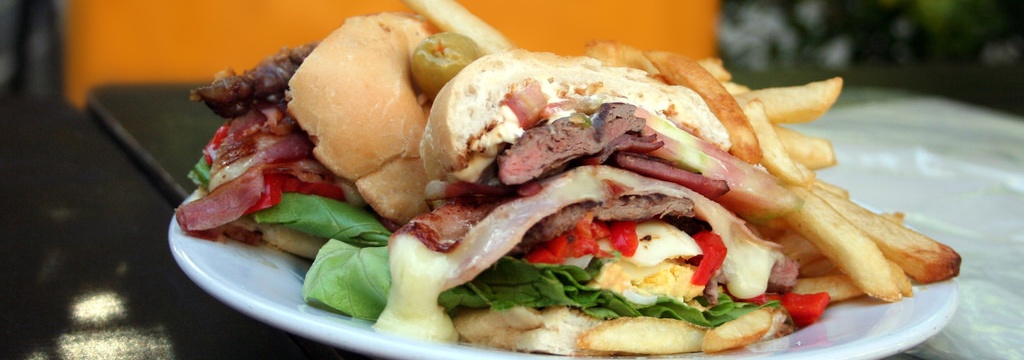
Food Facts
Asado
Uruguay is characterized by some main unique meals and flavors typical of the Uruguayan culture. The main Uruguayan meal and maybe their most worldwide known food is the "asado". The Uruguayan "asado" consists of a specific variety of meat called "tira de asado", with "chorizos" and other meat related elements, cooked over fire wood in special ovens, locally called "parrillero". Uruguayans tend to include meat in their daily lunch or dinner options. Given the majority of Uruguay’s 3 million citizens live along the coast of either La Plata River or the Atlantic Ocean, it’s no surprise that fresh fish is widely available. Since cows outnumber people 3 to 1, it should be no surprise that steak is also a national dish. The chivito is served in every restaurant in one form or another. It’s basically a steak sandwich with a varying degree if topics: ham, bacon, cheese, boiled egg, tomato, lettuce, olives, and mayonnaise. Sometimes the steak is replaced by chicken. As they also have European roots, other options are also includes like a vast variety of pastas, pizza, pies, vegetables, etcetera.
Mate
The national drink is an infusion called Mate. The dried leaves and twigs of the yerba mate plant are placed in a small cup. Hot water is then poured into the gourd at near-boiling point so as to not burn the herb and spoil the flavor. The drink is sipped through a metal or cane straw, known as a bombilla. Mate is shared among friends and family and don’t be surprised if wherever you go, you find someone sipping it. It’s a strong Uruguayan tradition!
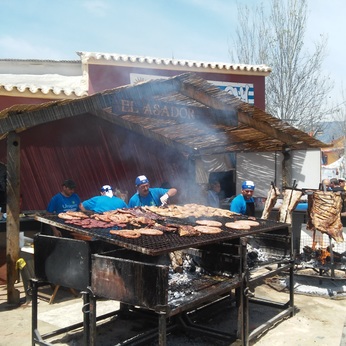

Do you have a sweet tooth?
Dulce de Leche is a sweet derived from slowly heating up sweetened milk, until the sugar caramelizes. It’s used in all kinds of deserts, from ice cream to sweet pastries, cakes, and pies. Dulche de Leche is also used as a topping for bread in the morning, much like Nutella.
Want to make your own Dulce de Leche at home?
ingredients
4 cups milk
1 1/4 cups sugar
1/4 teaspoon baking soda
1 teaspoon vanilla
preparation
Stir together 4 cups milk, 1 1/4 cups sugar, and 1/4 teaspoon of baking soda in a heavy saucepan. Bring to a boil, and then reduce heat and simmer, stirring occasionally, until caramelized and thickened, about 1 1/2 to 1 3/4 hours. Stir in 1 teaspoon of vanilla. Transfer to a bowl to cool.
Watch this video for more Uruguayan specialties:
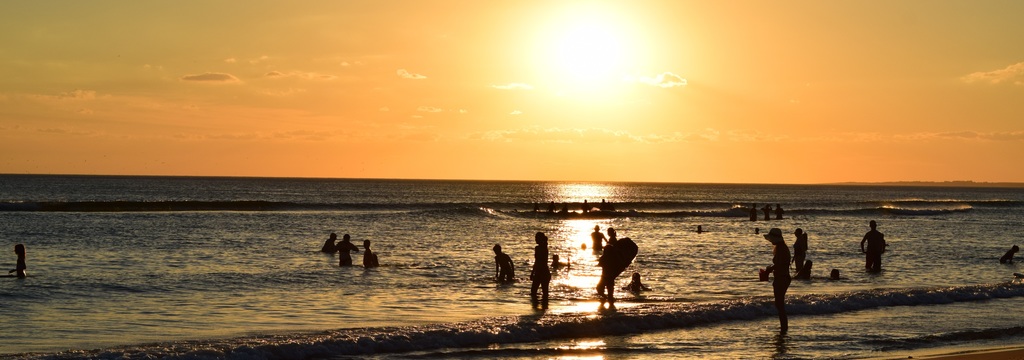
Geography
Uruguay is a country in the southeastern region of South America. It borders Argentina to its west and Brazil to its north and east, with the Río de la Plata (River of Silver) to the south and the Atlantic Ocean to the southeast. Uruguay is home to an estimated 3.42 million people of whom 1.8 million live in the metropolitan area of its capital and largest city, Montevideo. With an area of approximately 176,000 square kilometers (68,000 square miles), Uruguay is geographically one of the smallest countries in South America.
history
Uruguay was inhabited by the Charrúa people approximately 4000 years before the Portuguese established Colonia del Sacramento in 1680, one of the oldest European settlements in the country. Montevideo was founded as a military stronghold by the Spanish democratic constitutional republic, with a president who serves both as head of state and as head of government.
climate
The weather in Uruguay is fairly uniform nationwide, since the country is located entirely within one temperate zone. Seasonal variations are pronounced, but extremes in temperature are rare. The average temperature in summer is 24°C (75°F) and it’s very bright and sunny. In winter, temperatures drop to an average of 9°C (48°F), but although it may be windy and rainy, it never snows. Keep in mind that Uruguayan homes don’t usually have central heating, so people wear clothes indoors as well.
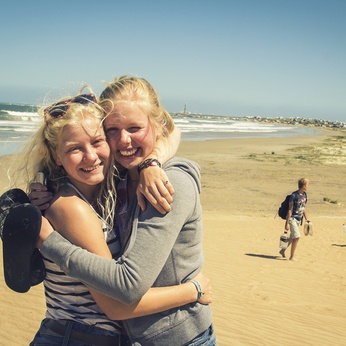
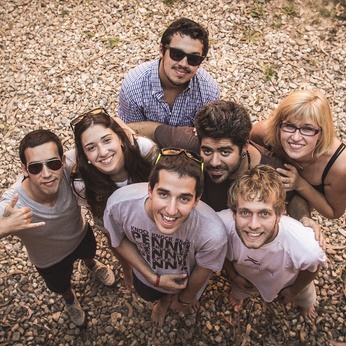
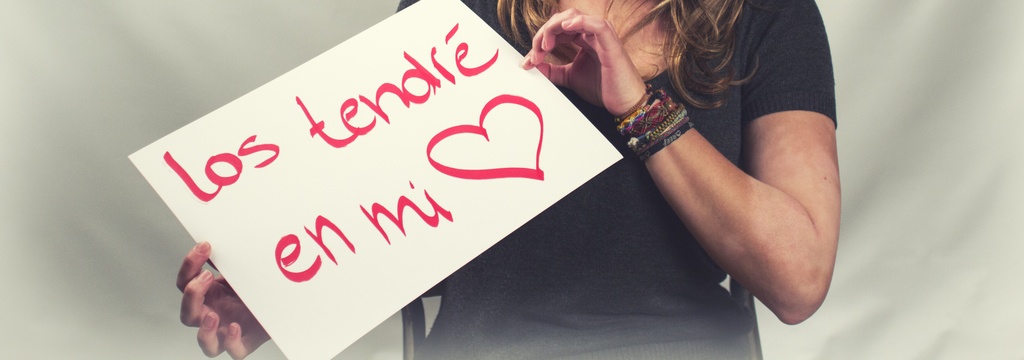
Language
Mamá, Papá, Abuelo, Hermana, Playa, Amigos, Liceo, Alfajor, Tortas Fritas
Do you know what these words mean? Start learning some Spanish!
Spanish is the official language of Uruguay and the most commonly spoken one. Uruguayan Spanish is pretty different from other sorts of Spanish. Even though they can perfectly understand other styles, they use words and verbs that don’t exist in the rest of the world. Also, certain letters are pronounced differently than in other Spanish speaking countries. Those who live close to the Brazilian border also speak “Portuñol”, which is a mixture of Spanish and Portugese.
After your arrival and once you are feeling settled at your new home, you will take approximately 40 hours of Spanish classes in order to learn the language.
If you have never learnt any Spanish at school before, don’t worry! You will learn it soon enough! Usually by the third month of the exchange year, students can already communicate in Spanish, so leave your fears behind and be assured that you will rapidly learn the language.
What is very important to remember is that the least you speak in your native language, the fastest you will learn a new one. So keep in mind that this experience is a unique opportunity to immerse yourself in a completely new culture, so embrace it!

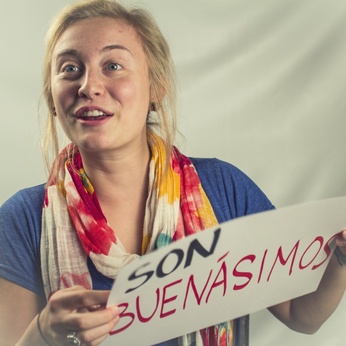
Language Learning Tool
The YouTube videos of Pod101 help you the master the basics of Spanish language and teach you words and short sentences that you will actually use in daily life: https://www.youtube.com/channe..
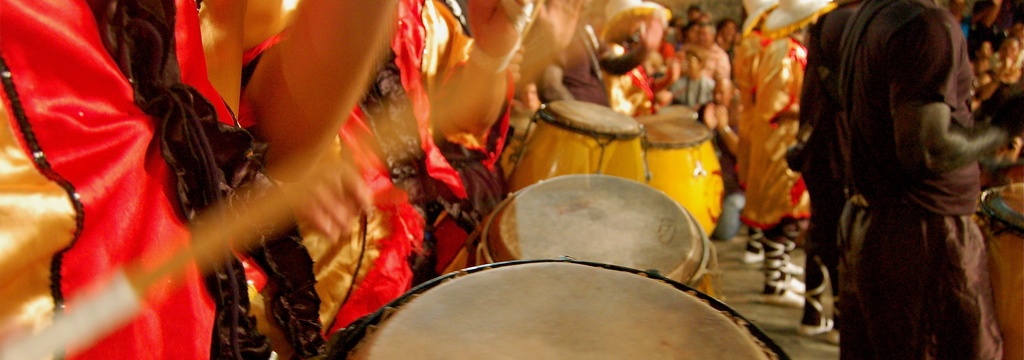
Movies and music
Tango
The song The cafe 'La Giralda' occupies a special place in Tango history. It was in Montevideo, Uruguay, the year 1917, that a young Gerardo Matos Rodriguez wrote a tango for the orchestra of Roberto Firpo to play for the first time. Gerardo (17 years old) wanted to stay anonymous. Was it modesty? Shyness? Fear of ridicule? Who knows why he wanted to remain anonymous?
He, Gerardo, was barely making it as a student in the faculty of Architecture in Montevideo. Firpo only knew that the name of the young composer was Gerardo. It was only later that the full identity of the author was known. He was young, educated, well mannered and sensible. He was also a bit naive. He sold his rights of authorship to the Breyer publishing house for 20 pesos. After some moderate success, the composition was forgotten.
Seven years later, in 1924, Gerardo was living in Paris and he met Francisco Canaro, who had just arrived with his orchestra. That's when he found out that La Cumparsita was a major hit. The tango lyricists Enrique Maroni and Pascual Contursi had added words to the tango and renamed it 'Si Supieras'- If you knew. All of Buenos Aires was hearing, dancing, and demanding to buy the score for the tango that was seemingly everywhere in shows, recordings, and broadcasts.
Shortly after, La Cumparsita arrived in Paris where, in the full grip of the roaring 20's, people danced Charleston, shimmies, one-steps, bostons, and when the crowd asked for a tango, they danced La Cumparsita. La Cumparsita spread from Paris to the corners of the world and has since and forever after become associated with Tango.
Tango song La Cumparsita:
Candombe
Candombe is a Uruguayan music and dance that comes from African slaves. It’s considered to be jan important aspect of the culture of Uruguay and was recognized by UNESCO as a World Cultural Heritage of humanity. This Uruguayan music style is based on three different drums: chico, repique and piano drums. This kind of music usually played in February during carnival in Montevideo at dance parades called "Llamadas" and "Desfile Innaugural del Carnaval".
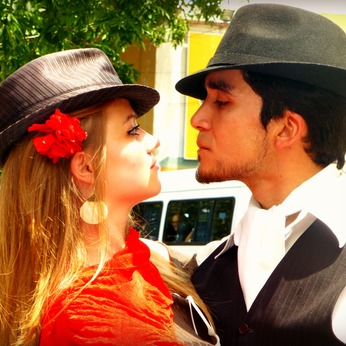
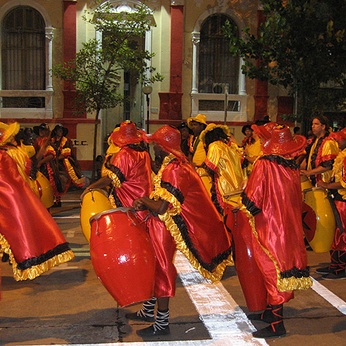
Movies
Check out this website to see Uruguayan movies most appreciated by viewers: http://www.imdb.com/country/uy
